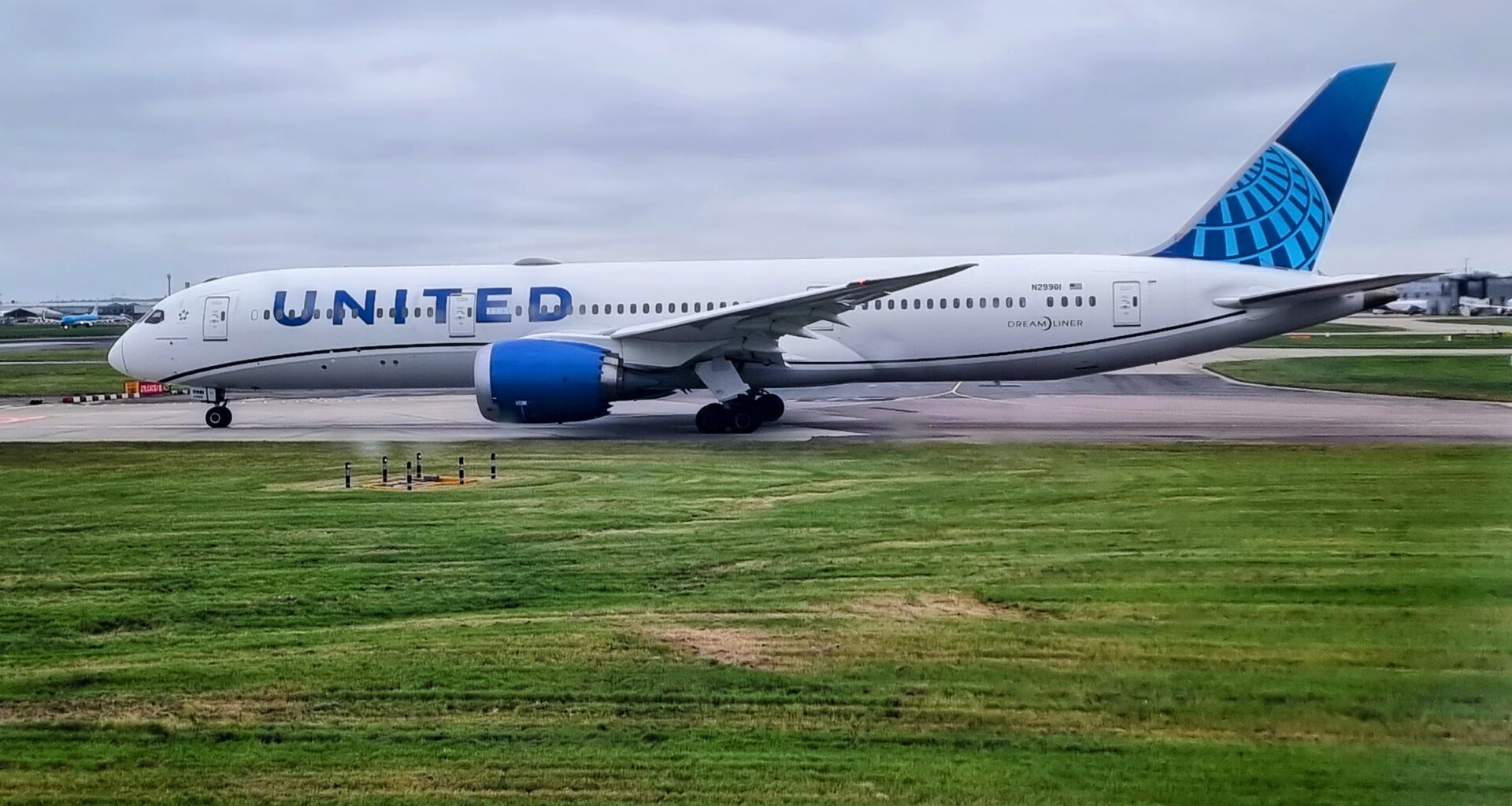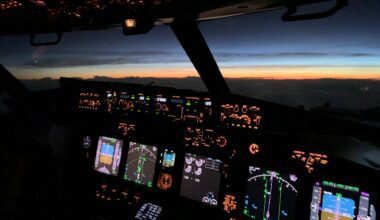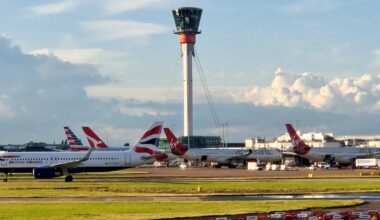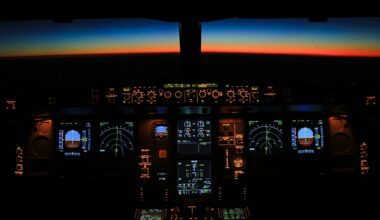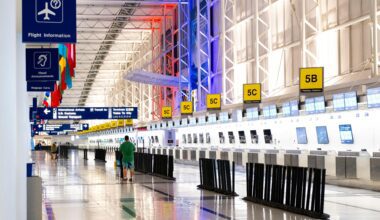The airline industry loves a good reinvention. Over the decades, we’ve seen aircraft go from fuel-guzzling relics to sleek, whisper-quiet engineering marvels. Gone are the days of the Boeing 707 rattling across the Atlantic. Now, we’ve got the long-overdue 777-9 promising efficiency and elegance. Airbus? It’s gone from the A300 to the swanky, long-legged A350.
During the COVID-19 pandemic, airlines went on a retirement spree, sending ageing aircraft to the desert and replacing them with shiny, fuel-efficient fleets. The logic was clear: newer planes burn less fuel, need less maintenance, and, in theory, should mean lower ticket prices for passengers.
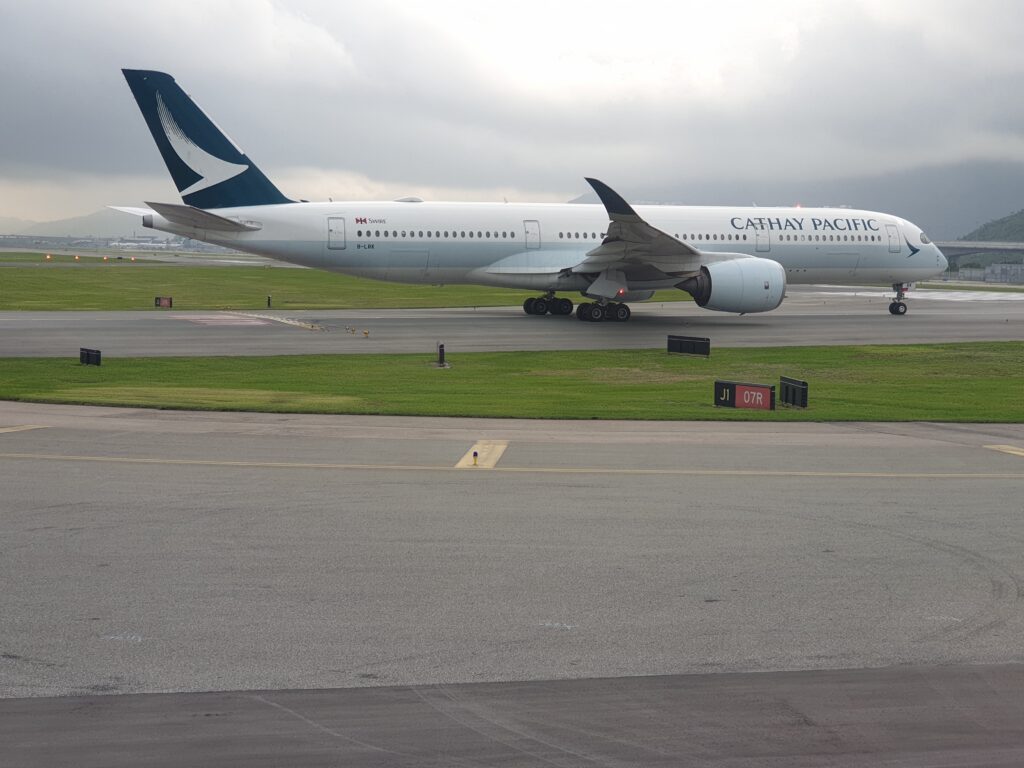
Fast-forward to today, and airfares, especially premium ones, are climbing faster than an A350 on takeoff. If airlines have spent billions making their fleets leaner, meaner, and cheaper to run, why are we still forking out eye-watering sums just to get from A to B?
Now, some aviation economists (the kind who probably have a spreadsheet for their morning coffee intake) will tell you that airfare prices have technically dropped. It’s just those ever-ballooning airport taxes making your ticket look like it belongs in a Sotheby’s auction. But that’s hardly comforting when the final price still makes your wallet weep.
Even low-cost airlines have tried to throw us a lifeline. Wizz Air’s MultiPass subscription model is supposed to help frequent flyers save money, but somehow, there’s always a sneaky surcharge lurking in the fine print. And don’t even get me started on frequent flyer programmes: one minute, your points can get you a business class flight to paradise; the next, they’re barely worth a meal deal.
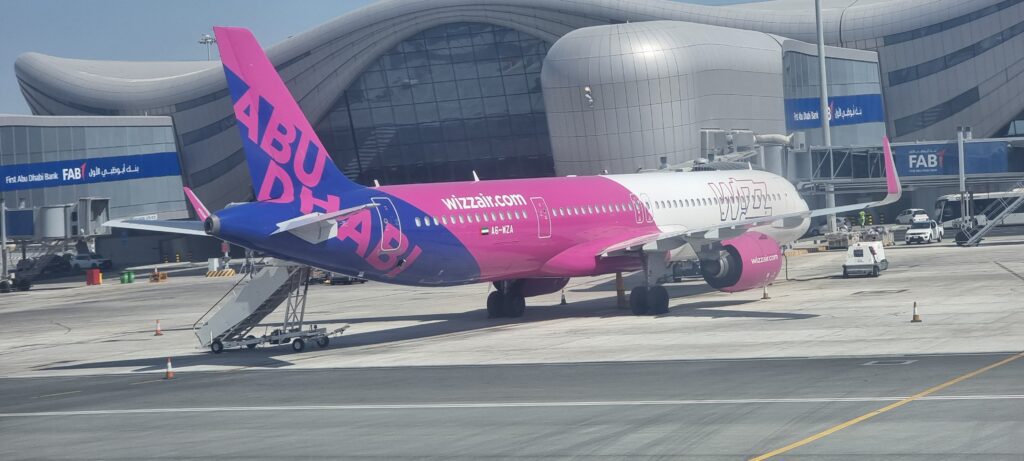
Meanwhile, the UK’s Air Passenger Duty (APD) keeps creeping up, making it feel like we’re paying a premium just for the privilege of stepping onto a plane. And let’s not forget the “fuel surcharge,” a relic from when oil prices soared, yet somehow, it refuses to vanish even when fuel prices drop.
So what’s actually happening? Are airlines really cutting costs to pass on the savings, or is this just another case of “efficiency for them, expense for us”? It’s a question that keeps many of us scratching our heads, especially as we watch prices defy gravity while airlines pat themselves on the back for their “passenger-friendly” innovations.
This isn’t just a rant (well, mostly). It’s something I’ve been mulling over for weeks, and I’d love to hear your thoughts. Are we being played, or is there a rational explanation? Drop your comments below, and let’s talk about fuel efficient aircraft.
